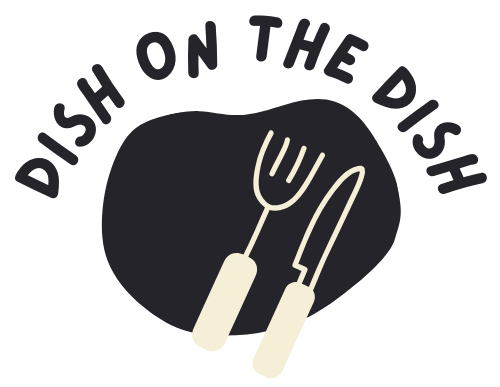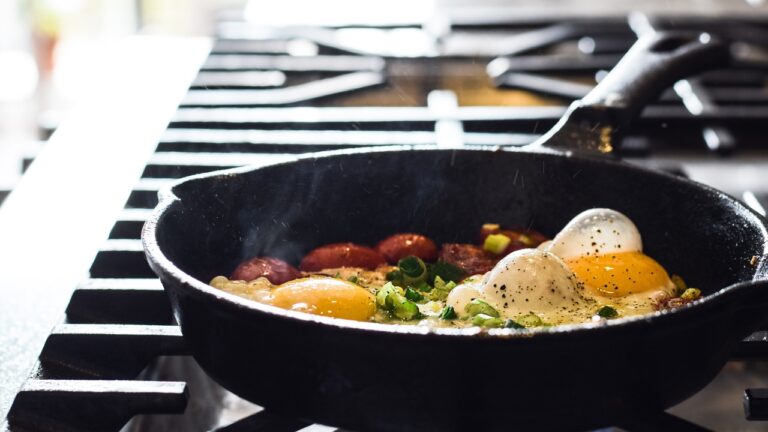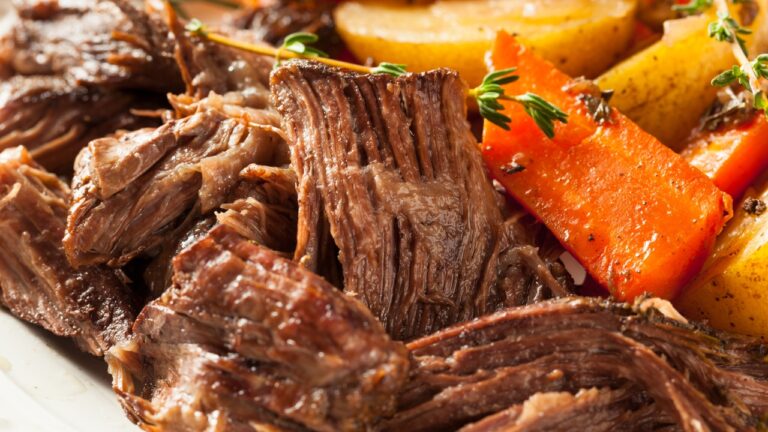Spanish Fried Eggs Will Change How You Cook Breakfast
Eggs might be the MVP of the kitchen. They’re quick, easy, and go with practically everything. Scrambled, poached, boiled—I’ve made them all. But fried eggs? They’re my go-to. They’re simple, satisfying, and can turn any meal into something special.
Lately, though, I’ve been hooked on a particular method: Spanish-style fried eggs. Once you try them, you might never fry eggs the same way again.
What Makes Spanish Fried Eggs Different?
The magic is in the olive oil. Instead of a quick spray or a light coat, Spanish-style fried eggs swim in a generous layer of hot olive oil. It’s this technique that gives them their signature crispy edges and rich, golden flavor. Trust me, it’s a game-changer, especially if you’re the kind of person who lives for those crispy bits.
Here’s how you make them:
- Heat about 1/4 inch of olive oil in a small, heavy skillet over medium-high heat. The oil should be hot but not smoking—think shimmering, not sizzling.
- Crack an egg into a cup or ramekin (this helps avoid shell disasters).
- Gently slide the egg into the pan and lower the heat to medium. While it cooks, spoon some of that hot oil over the egg.
- After about a minute and a half, when the edges are crispy and golden, and the yolk still has a little jiggle, lift it out with a slotted spoon.
- Sprinkle with flaky salt and pepper, and serve it however you like—on toast, over rice, or straight from the plate.
The result? A perfectly fried egg with a crispy edge and a yolk that’s rich and dreamy. It’s like the upgrade you didn’t know your breakfast needed.
The Story Behind Spanish Fried Eggs
Spanish fried eggs aren’t just a cooking hack; they’ve got some serious history. They’ve been a staple in Spain for centuries, popping up in art, literature, and, of course, kitchens. One of the earliest shoutouts dates back to the 1600s. Yep, you read that right. Cervantes, the same guy who wrote Don Quixote, referenced eggs in his letters. And if you’ve ever seen Velázquez’s 1698 painting Old Woman Frying Eggs, you know this dish is practically immortalized.
Even Richard Ford, an English traveler writing in 1846, mentioned Spanish fried eggs in his book Gatherings from Spain. He described them as a go-to meal for humble families—proof that sometimes the simplest foods are the most timeless.
Why It’s Worth Trying
What I love most about Spanish fried eggs is their versatility. They’re perfect on their own but also play well with other flavors. Top them with serrano ham for a classic Spanish taste, or get creative with sautéed greens or spicy chorizo. They’re easy enough for a weekday breakfast but special enough for weekend brunch.
And let’s be honest—who doesn’t love a recipe with some history?







